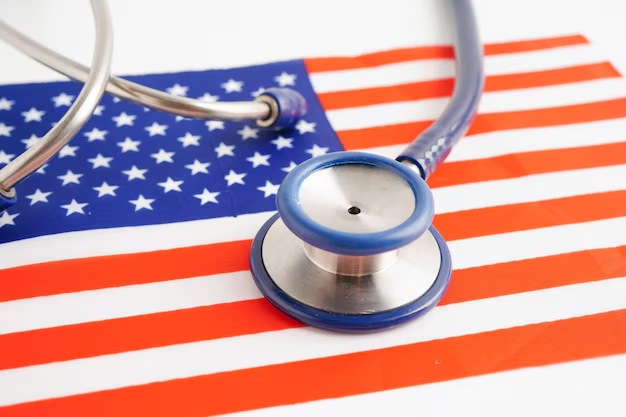Understanding Trump's Impact on Medicare and Medicaid
Navigating the complex world of Medicare and Medicaid can be daunting, especially when political changes threaten to reshape these essential programs. Former President Donald Trump’s administration undertook several initiatives that aimed to modify these healthcare programs significantly. Understanding these shifts is crucial for anyone relying on government aid, or considering options for their financial and healthcare planning.
Changes Under Trump
During his time in office, Trump focused on transforming Medicare and Medicaid to increase efficiency and reduce costs. Here are some of the notable actions taken:
Medicare
Medicare Advantage Plans Promotion: The Trump administration advocated for expanded use of Medicare Advantage Plans, which are private insurance options approved by Medicare. This focus was intended to provide more choices to beneficiaries and encourage competition to lower costs.
Prescription Drug Prices: There were significant efforts to lower prescription drug costs for Medicare recipients. Trump signed several executive orders intended to reduce drug prices, although the actual implementation faced various challenges.
Medicare Cuts Proposal: Proposed budget reforms aimed at making substantial cuts to Medicare funding. While these cuts were positioned as measures against fraud and overpayment, critics warned that they could reduce beneficiaries' access to healthcare services.
Medicaid
Block Grants and Work Requirements: Trump’s administration introduced policies such as Medicaid block grants, which allowed states to receive a lump sum for Medicaid expenses, and instituted work requirements for beneficiaries. These changes were aimed at reducing costs but were controversial as they had the potential to decrease coverage for vulnerable populations.
State Flexibility: By promoting state waivers, the administration sought to give states more control over their Medicaid programs. This included experimenting with different methods to manage expenses and coverage options.
Reduction in Funding Expansion: There was a proposal to limit the expansion of Medicaid that had been promoted under the Affordable Care Act (ACA). The intent was to curb federal spending, but it also meant that fewer people might benefit from Medicaid coverage.
These actions were met with mixed reactions. Supporters argued that the changes were vital for controlling costs and increasing efficiency. However, opponents feared that scaling back these programs could adversely affect millions who rely on them for essential healthcare services.
Exploring Financial and Educational Assistance
Given the evolving landscape of government assistance programs, understanding additional financial aid options can be empowering. Beyond Medicare and Medicaid, several resources and programs can provide supplementary support, ensuring that healthcare and other financial needs are met effectively.
- Government Cash Assistance: Programs like Temporary Assistance for Needy Families (TANF) offer financial support for those in low-income brackets.
- Debt Relief Solutions: Agencies provide counseling and solutions for managing and reducing debt, which can be pivotal for financial stability.
- Credit Card Options: Understanding low-interest credit card offers or those with rewards can aid in financial planning and day-to-day expense management.
- Educational Grants and Scholarships: For those considering further education, a variety of grants and scholarships are available, offering financial relief and opening pathways to better employment opportunities.
Key Programs and Resources
- 📈 Medicare Advantage Plans: For more tailored healthcare options and potential cost savings.
- 💊 Prescription Assistance: Help in managing and reducing medication expenses.
- 🏦 Debt Management Programs: Assistance for consolidating bills and negotiating debt relief.
- 💼 TANF: Provides basic needs, job preparation, and work assistance.
- 🎓 Pell Grants: Financial aid for low-income students pursuing higher education.
- 💳 Low-Interest Credit Cards: Options to manage expenses while minimizing interest payments.
- 🌟 State Healthcare Programs: Specific offerings based on state legislation and available resources.
Understanding current and potential changes in healthcare policies and exploring supplemental financial resources can empower individuals to make informed decisions. With strategic planning and by leveraging available aid, navigating these challenges can become a manageable task.

Related Topics
- Am I Elgible For Medicare
- Am I Enrolled In Medicare
- Am I Qualified For Medicare
- Are Adult Diapers Covered By Medicare
- Are Chemotherapy Drugs Covered By Medicare Part d
- Are Colonoscopies Covered By Medicare
- Are Covid Tests Covered By Medicare
- Are Cpap Machines Covered By Medicare
- Are Cpap Supplies Covered By Medicare
- Are Dental Implants Covered By Medicare